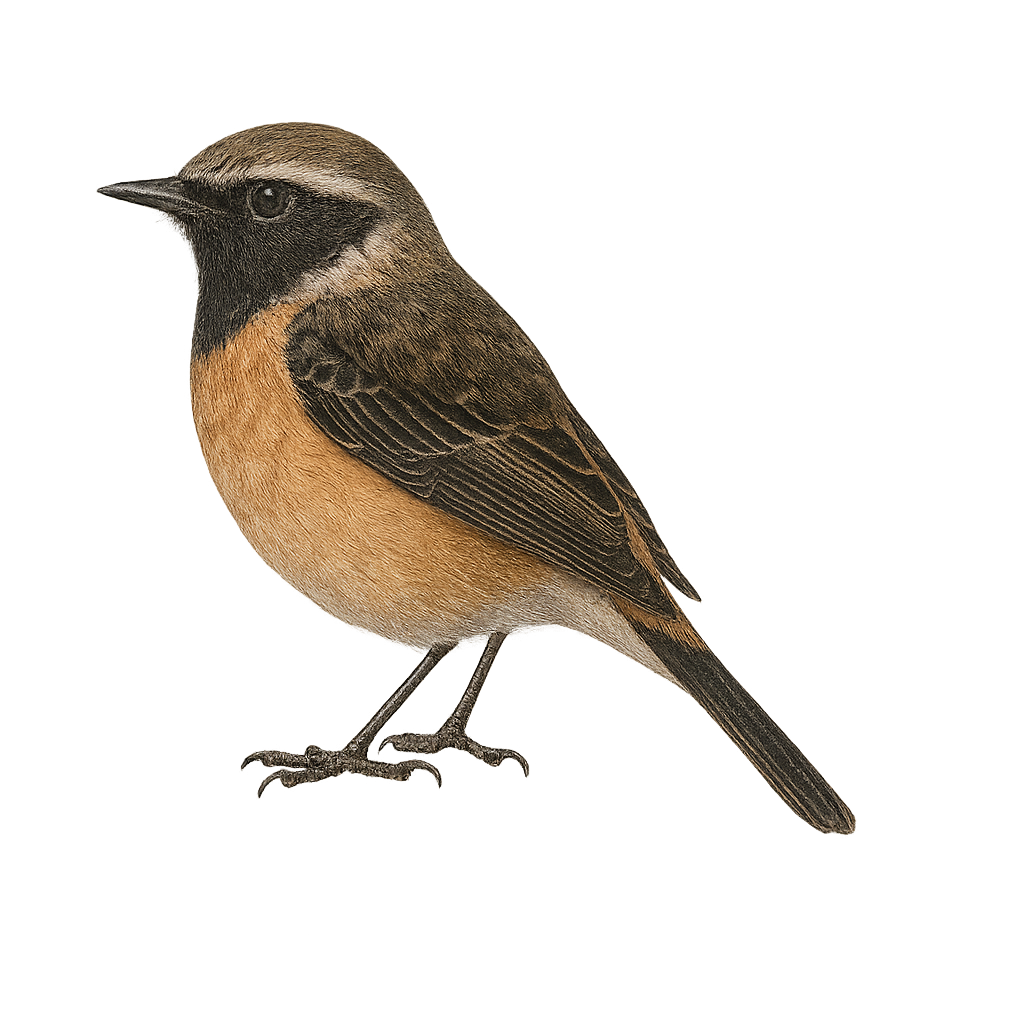Your wildlife photography guide.
Explore the cyprus wheatear in detail, study its behavior, prepare your shots.
Where to observe and photograph the cyprus wheatear in the wild
Learn where and when to spot the cyprus wheatear in the wild, how to identify the species based on distinctive features, and what natural environments it inhabits. The WildlifePhotographer app offers tailored photography tips that reflect the cyprus wheatear’s behavior, helping you capture better wildlife images. Explore the full species profile for key information including description, habitat, active periods, and approach techniques.
Cyprus Wheatear
Scientific name: Oenanthe cypriaca

IUCN Status: Least Concern
Family: MUSCICAPIDAE
Group: Birds
Sensitivity to human approach: Suspicious
Minimum approach distance: 10 m
Courtship display: April to May
Incubation: 12-14 jours
Hatchings: April to June
Habitat:
Open areas, rocky areas, grasslands
Activity period :
Primarily active during the day, with peak activity in the morning and late afternoon.
Identification and description:
The Cyprus Wheatear, or Oenanthe cypriaca, is a small passerine bird belonging to the Muscicapidae family. This bird is endemic to the island of Cyprus, where it is often seen in open and rocky areas. It is distinguished by its black and white plumage, with a black head and a grayish back. The male and female show little sexual dimorphism, although the male displays slightly brighter colors. The Cyprus Wheatear is a trans-Saharan migrant, spending the winter in East Africa. It feeds mainly on insects caught on the ground. Its breeding season extends from spring to summer, where it builds its nest in rocky crevices.
Recommended lens:
400 mm – adjust based on distance, desired framing (portrait or habitat), and approach conditions.
Photography tips:
To photograph the Cyprus Wheatear, opt for early morning or late afternoon hours to benefit from soft light. Use a telephoto lens of at least 400mm to capture precise details without disturbing the bird. Be patient and discreet, approaching slowly to avoid scaring it. Favor natural habitats like rocky areas for authentic shots.
The WildlifePhotographer App is coming soon!
Be the first to explore the best nature spots, track rutting seasons, log your observations, and observe more wildlife.
Already 1 431 wildlife lovers subscribed worldwide

